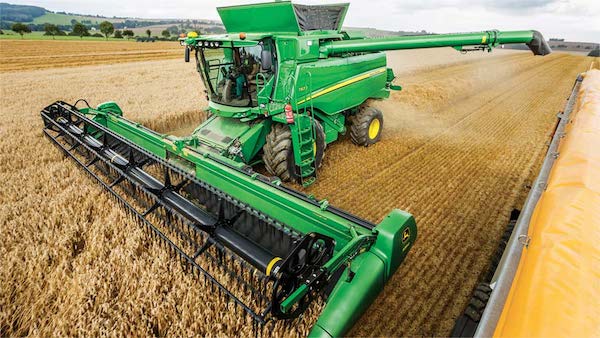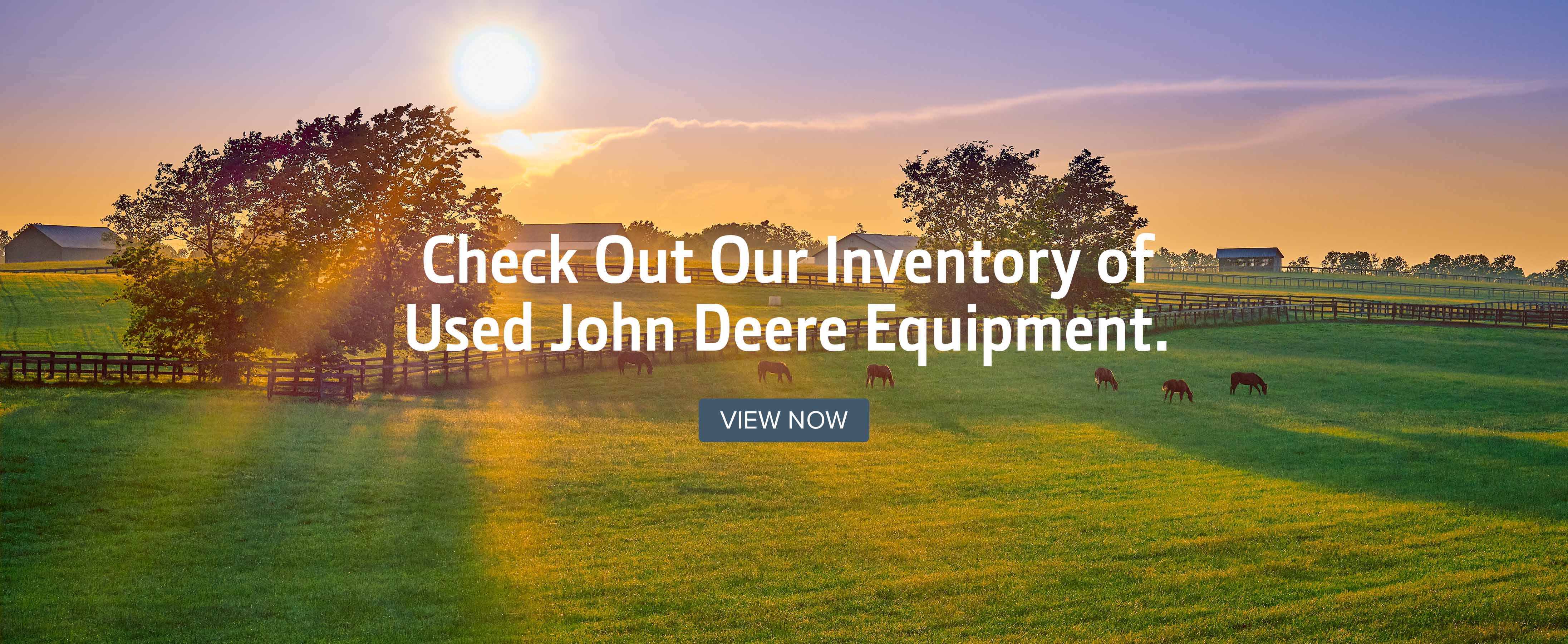What is a Combine Harvester?
A combine harvester is a machine frequently used in the agriculture industry for many different activities. It can be used for harvesting, winnowing and threshing any of the following crops right out of the field:
This helps to improve the operational process significantly—increasing efficiency, saving time and human labor costs. Ultimately, it brings down the overall cost for farmers. While these machines work faster and more efficiently, they can also increase the output of the crop, meaning more crops in less time. This makes farms much more profitable than they could have been with manual harvesting equipment.
What are the Different Parts of a Combine Harvester?
- Header: The header is a part that cuts the plant close to the ground. It then moves the whole plant into the machine.
- Spinning Augers: The augers move cut crops toward the center of the machine.
- Threshing Segment: The threshing element of the combine beats the newly cut crops - breaking and shaking the grains away from their stalks.
- Grain Tank: The separated grains then make their way by conveyor into a grain tank. Any unwanted chaff or residue moves along different conveyors. The grain gets carried from the tank by elevator and shoots out of the unloader, which is similar to a side pipe, into the grain cart.
- Chopper: When the residue exits from the back of the machine, it can either be spread across a wide area or baled into straw, which is used for animal bedding. Most machines have a straw chopper that makes this more manageable.
How Does a Combine Harvester Work?
When harvesting crops, a combine harvester can be extremely helpful. As noted above, it’s made up of about 21 different parts, including the header, the reel, the cutter bar, and more. The header platform, however, is the main feature of any combine harvester. This contains the pick-up reel, which pulls the crop in the cutter bar. The cutter bar then cuts the crops down, which leads to a revolving reel—which then gathers these cut crops.
These cut crops are then pushed into the threshing area, which very quickly separates the grains from the stalks. From here, the grains are pushed into another bin, which eventually gets unloaded onto a truck. The stalks, on the other hand, are pushed back onto the ground they were harvested from.
Combine harvesters can have different header platforms based on the different crops that are being harvested.
What are the Benefits of a Combine Harvester?
Combine harvesters provide several benefits in harvesting crops that help improve efficiency and effectiveness. Some benefits of using a combine harvester include:
Improved Efficiency
Combine harvesters are very efficient machines and have the capability to harvest a large area of land in a short amount of time. This saves time and money, and it also reduces time-consuming labor.
Versatility
Combine harvesters can be used to harvest a variety of grain crops, which makes them a valuable asset for farmers who grow and harvest different types of crops.
Quality
Combine harvesters can produce high-quality grain due to their capability to separate the grain from the chaff and straw efficiently.
What are the Different Types of Combine Harvesters?
The different types of combine harvesters include S-Series harvester, T-Series harvester, self-propelled combine harvester, and the CTS combine harvester.
Interested in learning more? Contact your local John Deere dealer to get more information regarding John Deere Combine harvesters.
Additional Resources:

